42 reading food labels 101
PDF Reading Nutrition Labels - Xavier University when from food sources than from supplements. Nutrition labels include actual amounts on top of the % Daily Value. Nutrition Labels 101 Serving size is the amount a typical eater consumes in a single sitting, not necessarily how much will meet an individual need. Serving size is important because all the information that follows is based on ... Food Labeling 101: Understanding the Nutrition Facts Label Front-of-pack nutrition labels prompt buying, more GMO-free products contain labels, and organic-product recalls have increased. Nutrition 101 for Parents and Kids
Label reading 101 - Healthy Food Guide Step 1: Check front-of-pack claims. Manufacturers often use clever wording like 'low in salt' and '97% fat free', but there are lots of rules surrounding nutrition claims. For instance, a 'low-salt' food must have no more than 120mg of sodium per 100g. A food claiming to be '97% fat free' must have a maximum of three per cent fat.

Reading food labels 101
How to Read Food Labels Without Being Tricked - Healthline The product may contain very little whole grains. Check the ingredients list — if whole grains aren't in the first three ingredients, the amount is negligible. Fortified or enriched. This ... Nutrition Label Reading 101 - Stephanie Kay Nutrition Nutrition Label Reading 101 A step-by-step guide to nutrition label reading. Food has become complicated, there are no two ways about it. I'm not one for counting calories, and although I am a big advocate for real-food-first, I realize that is not always the first step for everyone on their nutrition journey, I know it was not mine. Food Labels 101 | HowStuffWorks The percentages that you see at the right of the panel are an at-a-glance list of how much of your daily value for that nutrient a serving will provide. A value of 5 percent or less is usually considered low, and a value of 20 percent or greater is considered high.
Reading food labels 101. PDF A Guide to Reading Food Labels - University of Rochester Make healthy choices easier by understanding the sections of the Nutrition Facts label. 1. Serving Size. The serving size is a measured amount of food. In the sample label, the serving size is one cup, and there are two servings per container. If you ate the whole container, you would eat two cups, which doubles the calories and other nutrient ... Food label Activity.pdf - Name _ Per. _ Reading a food... Part 2: Group: Rate That Snack Directions: In your group, look at your assortment of snack foods and read the label of each food. Compare the nutrients in each food and answer the following questions. Part A: Calories: Rank the foods according to how many calories you would eat/drink in 1 serving. Name of Food/Drink Calories/Serving: List highest to lowest 1. Label Reading 101 - YouTube Augustwolf presents a Silver Telly Award winning presentation on a simple fantastic lesson for all on selecting healthy food quic... Food Label Reading 101 - Food Label Reading 101 - mirandacasiano.com First thing labeled is the various fats - saturated, unsaturated, cholesterol. The above section shows you a closer look and contains important markers you should look for. Remember that fats are good for you in moderate amounts so don't overthink this and stress yourself out. See also Protein's Powerful Purpose: Set Healing in Motion
Label Reading 101 - Simply Well Coaching Overall, anything 5% and under is considered low, while values 20% and over are considered high. There are a lot of nutrients and vitamins listed on the standard food label, so knowing which ones matter the most can save you time when skimming a label. Generally, you want to have a limited amount of Saturated Fat (11-13g tops a day is a good ... Labels 101: Reading and Understanding Food Labels Really read labels. Sell by dates and things like country of origin labels can tell you a lot about a packaged food. Most food is perishable without very strong preservatives. Consider packaging. If you have a choice between buying beans in a can (might be lined with the hormone disrupting chemical BPA) or in a glass jar (inert), go for the glass. How To Read Food Labels: Understanding the Basics - Instacart 1. Beware of misleading claims. Check the main label, featuring the product name and branding. The label may feature claims intended to promote the product as healthy or nutritious. These boasts are often featured prominently and intended to grab your attention, but read skeptically. Reading Food Labels 101 - International Patient Facilitators If the daily value is 5% or less, it is low in that nutrient and if it has a value of 20% or above, the food is considered high in that nutrient. The percentage daily value or %DV will also help you to know and understand how nutritious a food actually is. It is based on eating 2,000 calories a day.
Understanding Food Nutrition Labels | American Heart Association 1 - Start with the serving information at the top. This will tell you the size of a single serving and the total number of servings per container (package). 2 - Next, check total calories per serving and container. Pay attention to the calories per serving and how many calories you're really consuming if you eat the whole package. Food Labels 101: Understanding What You're Eating - Providence It's usually best to base your evaluations off of the actual gram or mg count, as those are standardized, and apply them to your individual calorie needs. The last section on a nutrition label is the ingredients list, ordered from highest to lowest by volume. "Stick to foods with ingredients you can pronounce," advises Watkins. Label Reading 101: How To Make Sense of Organic/Natural/Free-Range ... To be able to use the word organic on a food label in Canada or the U.S., the product must have at least 70 percent organic ingredients and be free of GMOs and the worst of the food additives. A Certified Organic product contains at least 95 percent organic ingredients, and has an official USDA or Canada Organic/ Biologique label. Food Labels 101 - Penn Medicine A sodium level of 140 mg or less on the nutrition facts label is considered low sodium. This is an essential number to look for when reading the label. Total Carbohydrates - Fiber and Sugar Foods high in fiber can be beneficial to a healthy diet, as fiber helps manage blood sugar levels and can lower cholesterol.
Reading Labels 101: How to Read Labels to Choose Healthier Products Daily Values are average levels of nutrients for 1 person eating 2,000 calories a day. A food item with a 5% DV of fat offers 5% of the total fat that a person having 2,000 calories a day should eat. You may need more or less than 2,000 calories a day. For a few nutrients, you may need more or less than 100 percent DV.
Reading a food label 101 - Diets in Review Reading a food label 101 Reading a food label can be a hard and overwhelming challenge. Nutrition labels are so important because they provide you with a detailed look of what is inside the food you are consuming. Don't worry because you can easily learn important things to look at when reading a label to food you are about to buy or eat.
Label Reading 101 - HD - YouTube Label Reading 101 - HD 81,754 views Oct 7, 2010 A Telly Award winning film by Doug Reid, Dr. Len Saputo and Paula Sloboda. ...more ...more 419 Dislike Share Save...
Reading Food Nutrition Labels 101 and How to Decode Them 8 Rules for Reading Food Nutrition Labels: Never believe the flashy claims on the front of the box. Always read the nutrition facts label and the ingredient list. Check the serving size. Check the amount of servings per package. Check the calories per serving. Check out the calories from each type of fat. Check the sodium.
Reading food labels 101 - Chemical Maze Reading food labels 101. Posted on 18 July 2011 in Blog by L. Schneider Tags: allergies, bad food additives, food intolerances, ingredient labelling, MSG. Reading food labels can be a satisfying experience! Every now and again, I come across an item that has no questionable additives or chemicals in it and I give a quiet hip hooray.
Food label reading guide | Nutrition Australia What to look for when reading food and drink labels (per 100g) Health Star Ratings The Health Star Rating is a front of pack labelling scheme which can be used to make healthier food choices at a glance. The rating range is from ½ - 5 stars and the more stars, the healthier the choice. Recommended minimum star ratings for food and drink categories
How to Read Food Labels 101: The Definitive Guide - SUKI HON Serving size: Values on label is based on the serving size listed.Adjust calories and nutrients based on how many servings you eat. In this example, there is 22g of sugar in 1 cup of this food. Calories: A measure of energy; the amount of heat needed to raise 1 kilogram of water by 1 degree celsius; the amount of stored energy.. Core Nutrients: F at, saturated & trans fat, carbohydrates, fibre ...
How to Read Food Labels - Introduction to Food Label Claims Common phrases included on food product labels are "use by," "sell by," "best by," and "better if used by." Labels may utilize a familiar date listing or may use the Julian Calendar, where each number of the year is assigned a number from 1-365. Providing a date on a food is not required and is voluntary. These dates indicate quality, not safety.
How to Understand and Use the Nutrition Facts Label | FDA Dietary fiber, vitamin D, calcium, iron ad potassium are nutrients on the label that Americans generally do not get the recommended amount of. They are identified as nutrients to get more of....
How To Read Food and Beverage Labels - National Institute on Aging Although frozen and canned fruits and vegetables have food labels, fresh varieties often do not. You can find nutrition information for fresh vegetables and fruits on the USDA website. Or you can call the U.S. Department of Agriculture's Food and Nutrition Information Center at 301-504-5414. Understanding percent Daily Value (% DV)
How to read nutrition labels 101 | healthylife Key points Pay attention to the serving sizes listed on the label. Convert the numbers on the label to percentages. Learn how to translate calories to kilojoules. Understand what 'daily recommendation' means. Be aware of any redundant claims. Learning how to read nutrition labels is a great way to become more informed about the foods you're eating.
Food Labels | CDC - Centers for Disease Control and Prevention Check the Serving size first. All the numbers on this label are for a 2/3-cup serving. This package has 8 servings. If you eat the whole thing, you are eating 8 times the amount of calories, carbs, fat, etc., shown on the label. Total Carbohydrate shows you types of carbs in the food, including sugar and fiber.
Food Labels 101 | HowStuffWorks The percentages that you see at the right of the panel are an at-a-glance list of how much of your daily value for that nutrient a serving will provide. A value of 5 percent or less is usually considered low, and a value of 20 percent or greater is considered high.
Nutrition Label Reading 101 - Stephanie Kay Nutrition Nutrition Label Reading 101 A step-by-step guide to nutrition label reading. Food has become complicated, there are no two ways about it. I'm not one for counting calories, and although I am a big advocate for real-food-first, I realize that is not always the first step for everyone on their nutrition journey, I know it was not mine.
How to Read Food Labels Without Being Tricked - Healthline The product may contain very little whole grains. Check the ingredients list — if whole grains aren't in the first three ingredients, the amount is negligible. Fortified or enriched. This ...







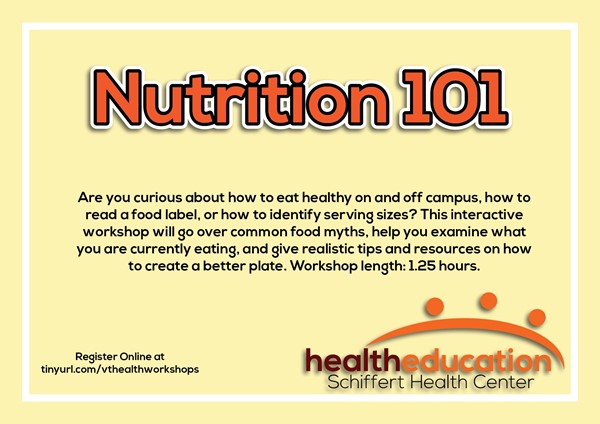
![Infographic] Nutrition Facts Labels 101 - BPI AIA](https://www.bpi-aia.com.ph/content/dam/bplac/en/photos/key-moments/build-your-wealth-articles/nutrition-fact-labels/infographic-nutrition-facts-labels-101.png?123)

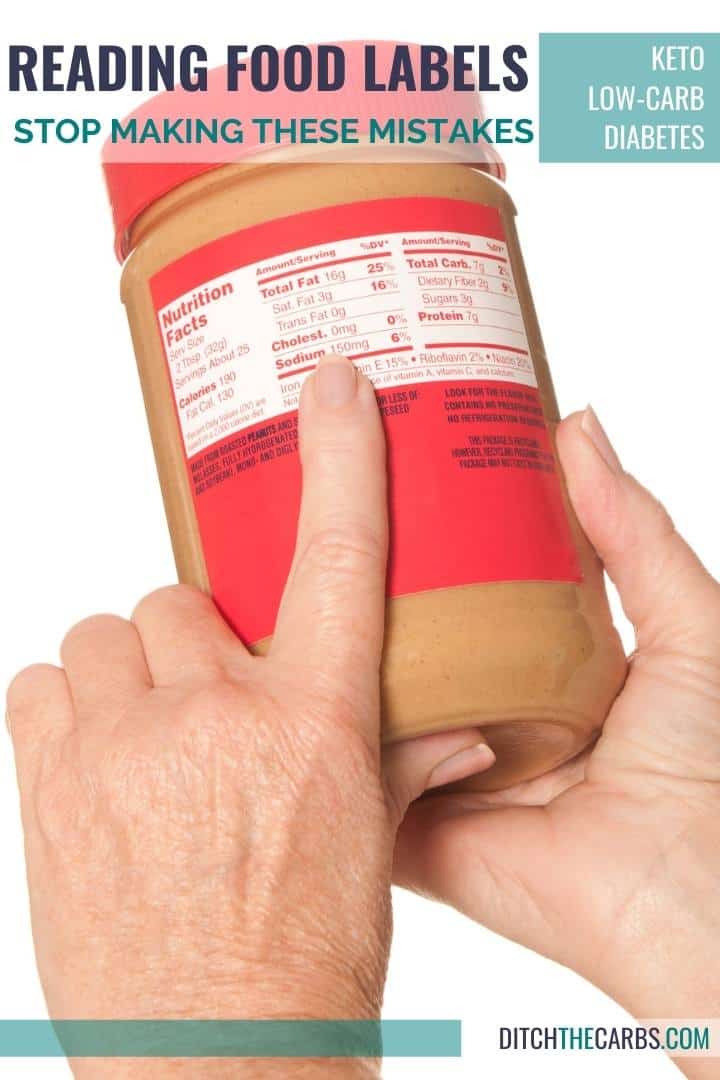



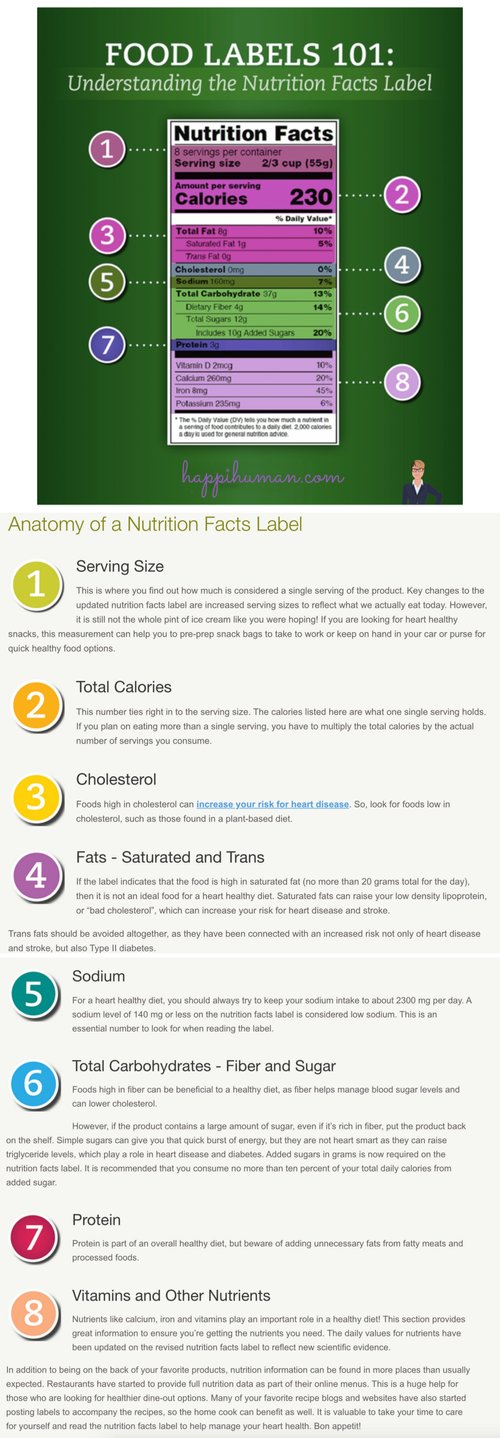
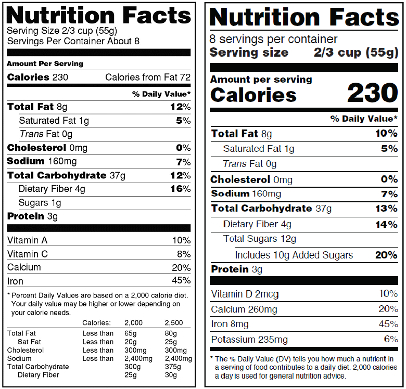

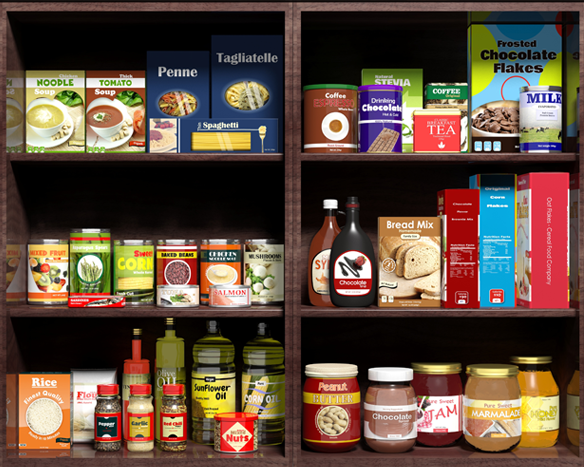
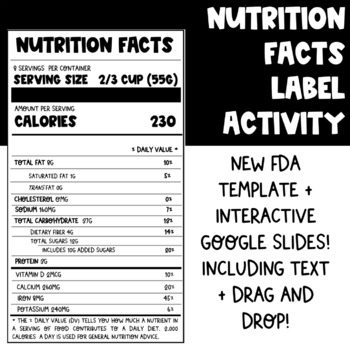
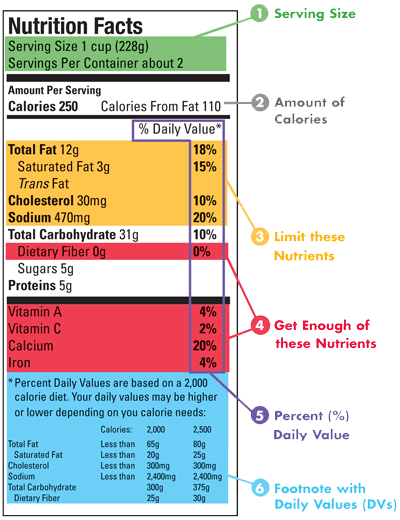

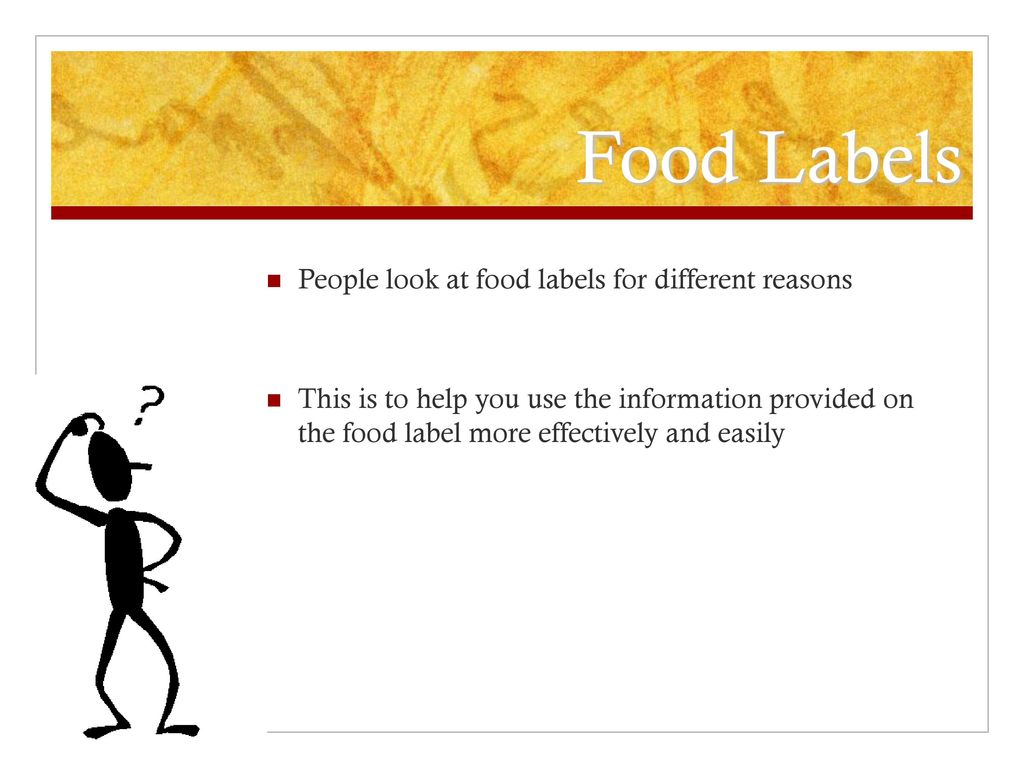

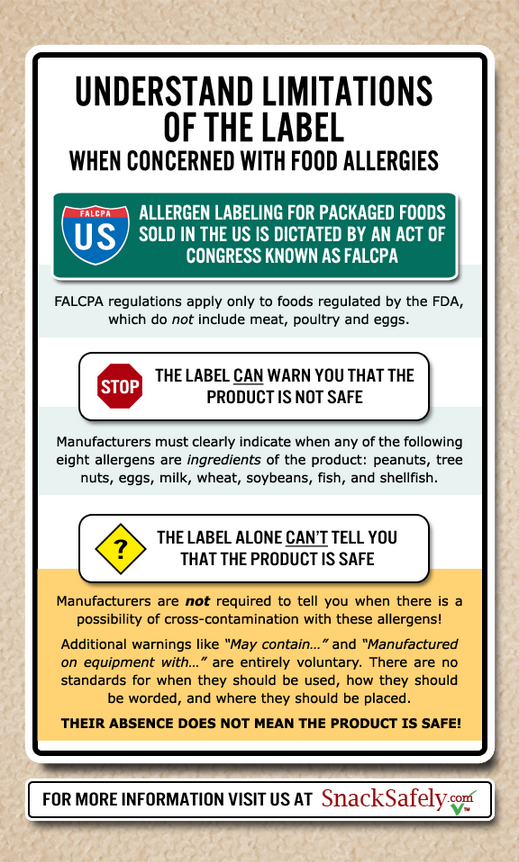
.png)

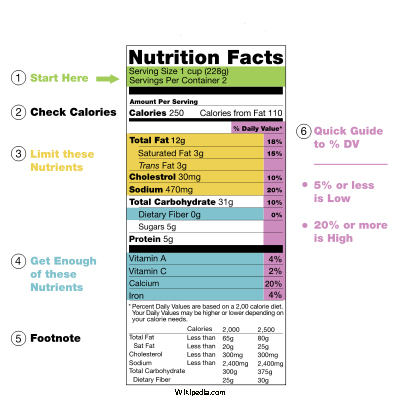
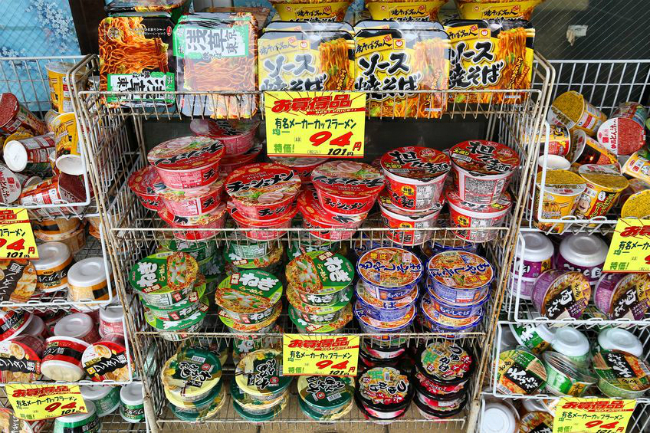



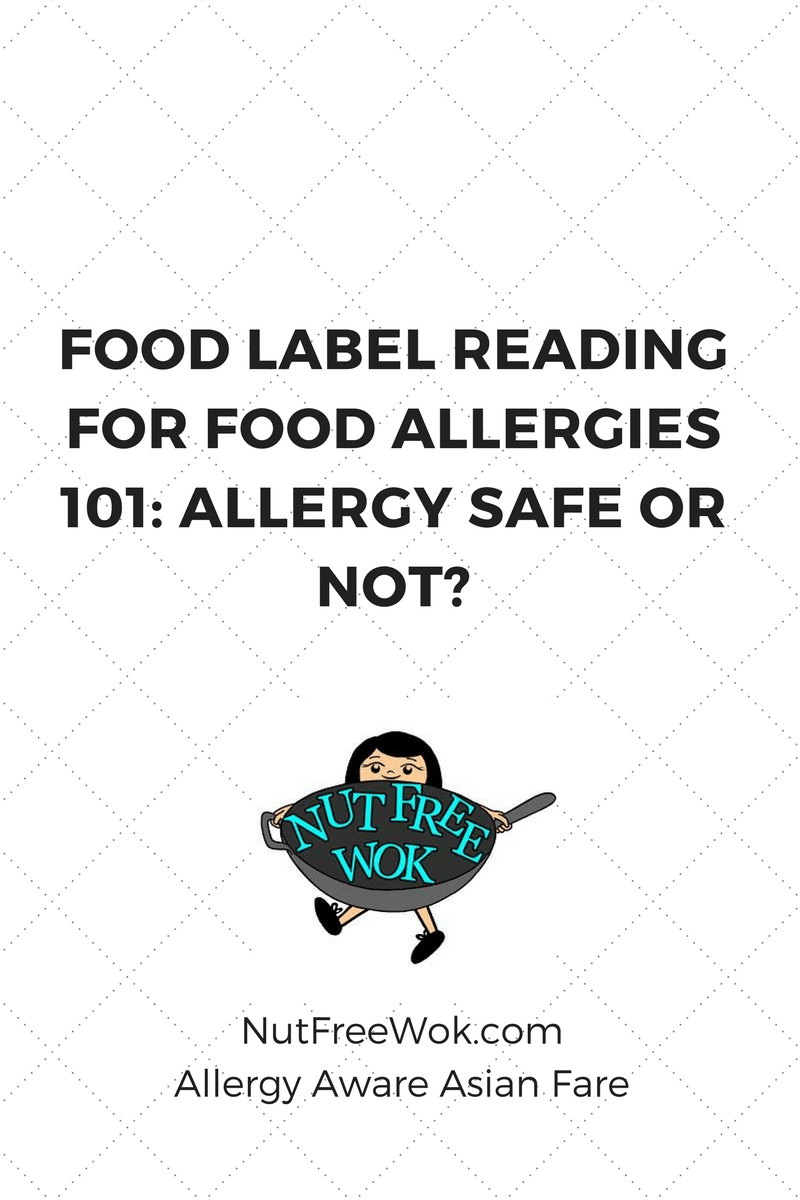

Post a Comment for "42 reading food labels 101"